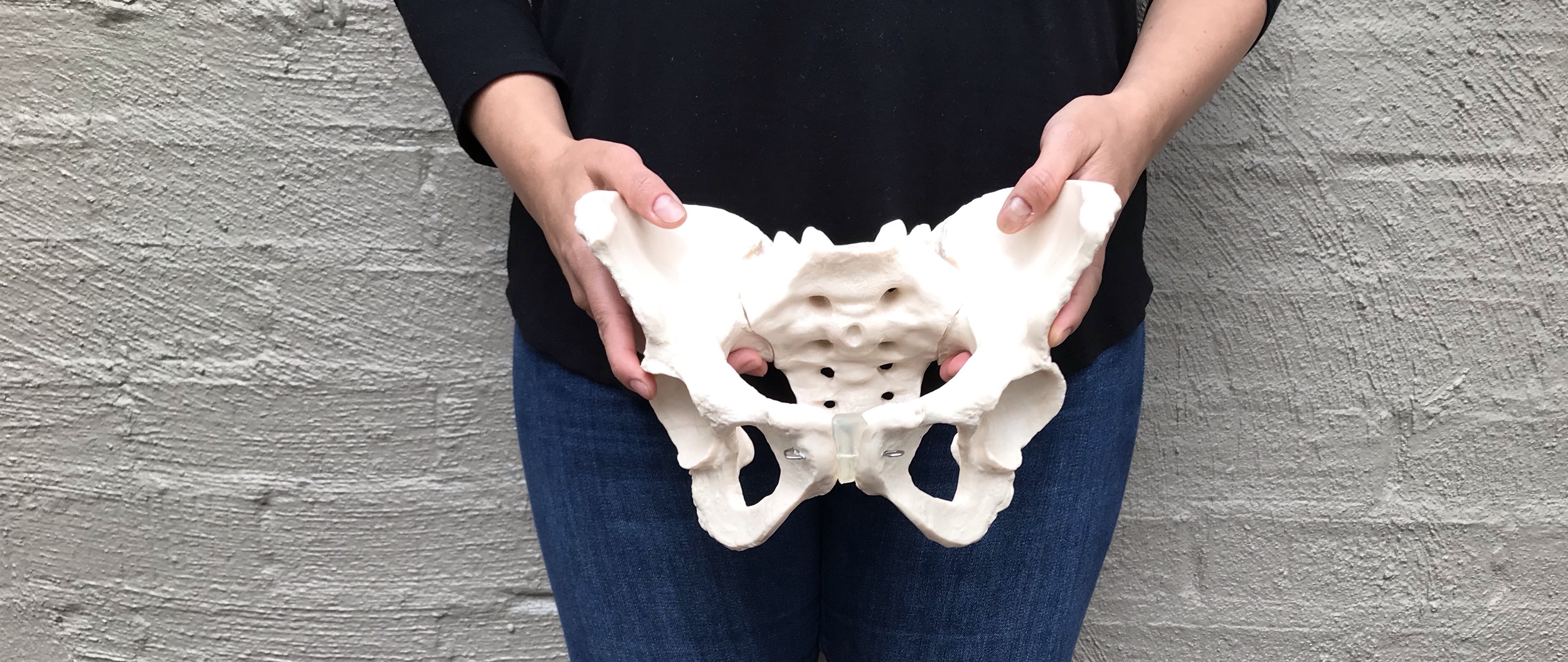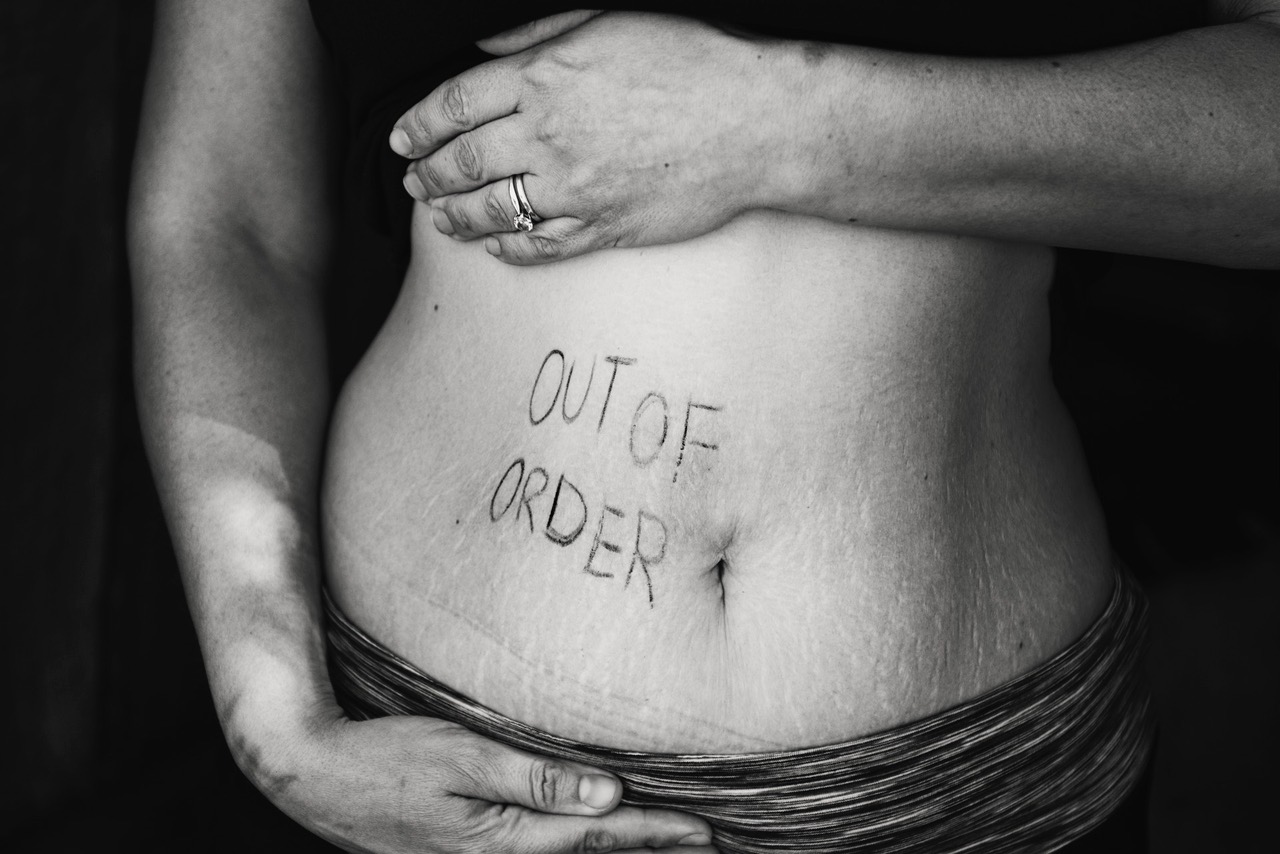The Unspoken Pelvic Health Truths You Need To Know
 We usually don’t talk about it. After birth, support for pelvic health is seriously lacking, and it can be difficult to find someone who takes concerns seriously. However, pelvic health contributes significantly to our overall wellbeing and impacts so many parts of our lives. Pain or discomfort can make it hard to play with children, connect with a partner, do tasks around home, return to exercise, maintain friendships or go to work. Emotional and mental health is also affected. Symptoms such as urine leaking or unwanted gas can be embarrassing. You might question what you did wrong, feel powerless about body changes, or be lonely and isolated due to your experience.
We usually don’t talk about it. After birth, support for pelvic health is seriously lacking, and it can be difficult to find someone who takes concerns seriously. However, pelvic health contributes significantly to our overall wellbeing and impacts so many parts of our lives. Pain or discomfort can make it hard to play with children, connect with a partner, do tasks around home, return to exercise, maintain friendships or go to work. Emotional and mental health is also affected. Symptoms such as urine leaking or unwanted gas can be embarrassing. You might question what you did wrong, feel powerless about body changes, or be lonely and isolated due to your experience.
What is normal in regard to pelvic health?
‘Normal’ pelvic health is an interesting concept because, unfortunately, so many women experience pelvic symptoms. While it might be common, it definitely isn’t normal.
Good pelvic health is when we can do our everyday activities without noticing or needing to think about our pelvis. No pain, no heaviness, no leaking. Something about your pelvis shouldn’t change your personality or the way you feel about yourself either. Our menstrual cycles and digestion are a good gauge of pelvic health, so regular and easy periods along with frequent well-formed bowel movements are signs of pelvic wellbeing too.
How does pregnancy and birth impact pelvic health?
During pregnancy, our baby (or babies!) do place additional pressure onto our pelvic floor and core muscles. Organs move to accommodate the growing baby, and the uterus, uterine ligaments and abdominal muscles stretch. Hormones allow the pelvic joints and ligaments to relax and soften for birth.
During birth, the cervix and vagina are well designed to stretch but some women experience tearing. How this tearing heals can impact pelvic health. Episiotomy, assisted delivery with forceps or vacuum, and directed pushing can cause additional trauma to the pelvic floor. While a caesarean birth does not involve the vagina, scar tissue forms inside the pelvis as the incision heals. The uterus and bladder may get caught up in this scar tissue, and scar adhesions can directly impact pelvic floor function.
What are some signs that my pelvic health needs attention?
Take notice if you experience:
- Any leaking of urine or faeces
- Difficulty controlling gas
- Frequent bathroom visits, a need to force your wee out, or feeling like the bladder cannot fully empty
- Constipation or haemorrhoids
- Heaviness in your pelvis, or something bulging into or out of your vagina
- Pain in your vagina or vulva during or after sex
- A c-section scar that pulls
- Stomach bulging out when lifting or exercising, or knowing you have a gap between your stomach muscles
- Menstrual challenges such as painful, long or heavy periods, fibroids or cysts, difficulty falling pregnant
- Lower back pain that doesn’t resolve with other treatment
- Digestive discomfort
- Hernias.

To be honest this list sounds rather miserable; yet as women we receive so many messages that our bodies are broken and that we should expect these types of symptoms after childbirth. I don’t believe that our bodies are broken. Rather I think they are incredibly clever and able to speak loudly when there is an imbalance or something that needs to be addressed. We just need to listen, and there are many strategies to find your way back to good pelvic health and vitality.
Should I do kegels?
A ‘kegel’ is an exercise where you tighten and lift the pelvic floor muscles around your vagina, urethra and anus. The problem is that kegels can focus on tightening when it is just as important to relax the pelvic floor. In fact, we know that a large percentage of women experience pelvic health issues because their pelvic floor is too tight (don’t be fooled – a tight pelvic floor or vagina is not actually a good thing.) Tension through the pelvic floor shortens the muscles, and this creates weakness rather than strength. This is even more of an issue if kegels are done while standing or sitting in poor posture. Kegels done poorly can actually worsen symptoms or create pelvic issues. The well-known suggestion to kegel at the traffic lights is not a good one as we typically sit in the car with our pelvis tucked under and shoulders leaning forward.
Here are my hot tips on how to do kegels correctly:
What should I do if pelvic floor exercises are not making a difference?
We need to remember that pelvic health is not just about the pelvic floor. Our muscles, bones, organs, fascia and breath all work together to create good pelvic health. Pelvic floor exercises like kegels can have their place, however there are so many other things to consider:
- Relaxation: Make sure you really know how to relax your pelvic floor. Practice letting go and releasing tension from your pelvic floor.
- Posture: Stand with the outsides of your feet pointing forward, hips reversed back over your heels, bottom soft and ribs tucked down. Our core muscles and pelvic floor work best when correctly aligned.
- Abdominal tension: Feel your stomach now and see how much tension is there. Holding our stomach in or over-activating the outer abdominal muscles through exercise can make it harder to engage the deeper core abdominal muscles that support pelvic health.
- Glute muscles: If your bottom is quite flat or tucked under, your glutes (or bottom muscles) may need some attention. Squatting with your bottom sticking out is a great way to reach the floor, and when you walk push each leg forward using your glute muscles rather than lifting with the thighs.
- Breathing: Do your shoulders go up and down, or your lower stomach move a lot, when you breathe? This isn’t where your breath should be living, and can negatively impact your pelvic health. Place your hands on your ribs and try to get your ribcage to get bigger and then smaller with each breath.
- Diet: Protein and collagen are the body’s building blocks and you need these to heal. Some women also find it beneficial to reduce inflammatory foods in their diet.
- Warmth: Our pelvis doesn’t like being cold. Avoiding chilled water and always wearing socks or slippers on cold floors can make a difference.
- Scar tissue: Do you have scar tissue around your pelvis from a vaginal tear, c-section, appendix removal or other surgery? Start by touching and gently moving the scar. Breaking up these scar tissue adhesions will bring better colour and movement to the area, and assist with discomfort.
- Movement: Calculate how much you actually sit each day. It may be even more than you think, and sedentary lifestyles are not supportive of pelvic health. Start making small changes to move your body more. Sit on the floor rather than the couch, swing on the monkey bars when you visit the park, or park further away at the shops.
Alternatively, if your pelvic health challenges do not change with physical strategies, consider that you may not have a physical issue. Which leads to the next question…
How does emotional wellbeing impact my pelvic health?
Just as our physical pelvic health can influence how we feel, our emotions and mental health impact our pelvic health. The two can’t be separated.
Stress or anxiety can be held in the pelvis as tension. Fear may constrict the breathing muscles which in turn impact pelvic health. Self-esteem and confidence can change how we stand and consequently the physical space our organs have to function. Prolapse has been considered an issue of support – not just of the organs and ligaments but in the support we have around us from our family or community. If we don’t have ways to fill our own cup, ongoing care to others may leave us depleted of pelvic energy. Any strategies that support emotional wellbeing can be really beneficial to pelvic health and any related symptoms.
So, I realise my pelvic health isn’t quite what it should be. What should I do?
Whether your challenges feel small like a little bit of leaking, or huge like scarring and pain, there is support available.
Acknowledgement is a really important first step. In a world where pelvic health issues are considered normal, it can feel revolutionary to refuse the status quo and start your journey back to pelvic vitality.
Find a pelvic health professional to partner with you, even if you just check in and work out your baseline. Pelvic health can be an up and down journey so it is nice to have a cheer squad who believes in you and your body. Pelvic health is also unique to each woman so ensure your team is listening and responding to you. You may need to explore a few options before you find the right fit for you. Some occupational therapists and physiotherapists specialise in women’s pelvic health. Medicare and health insurance rebates can be available to help with cost.
Be open to different approaches. Whole-body techniques and traditional knowledge is becoming more accessible, and can be a wonderful addition to pelvic floor focussed strategies. Abdominal or internal vaginal massage, castor oil packs or vaginal steaming can sound scary; however, learn a bit more about the stories and science that support these techniques before you definitely say no.
Most importantly, make a commitment to loving your body. Healing or change has never come from a place of self-hate. Admire what your body has done to grow and birth your beautiful children. Thank your body for how it carries you through life. Then take your next step to better pelvic health and vitality.
This was written as a guest blog post for More to Mum – an online source of professional development for mums, bringing heartfelt inspiration and advice to help women reveal the best version of themselves. Check it out at www.moretomum.com.au

